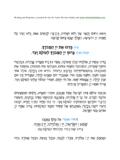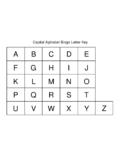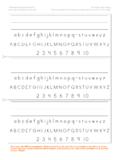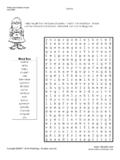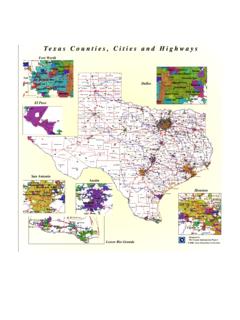Transcription of Q u a r t e r 4 C u r r i c u l u m G u i d e K i n d e r ...
1 Quarter 4 Curriculum Guide Kindergarten Math Mathematical Practices 1. Make Sense of Problems and Persevere in Solving them 2. Reasoning Abstractly & Quantitatively 3. Construct Viable Arguments and Critique the Reasoning of Others 4. Model with Mathematics 5. Use Appropriate Tools Strategically 6. Attend to Precision 7. Look for and Make use of Structure 8. Look for and Express Regularity in Repeated Reasoning Critical Areas of Focus Being Addressed: oCounting and Cardinality oRecognizing and writing numbers from 1-20 oCounting and comparing numbers oOperations and Algebraic Thinking oAdd and subtract within 10 oNumber and Operations in Base 10 oUnderstand that a teen number can be composed of ten ones and some additional ones oMeasurement and Data oBe able to categorize and count objects oGeometry oName, describe, and create 2D and 3D shapes Content Statements Addressed and Whether they are Knowledge, Reasoning, Performance Skill, or Product.
2 Underpinning Targets Corresponding with Standards and Whether they are Knowledge, Reasoning, Performance Skill, or Product: I , Students Will Be Able COUNTING AND CARDINALITY Know number names and the count sequence. 1. Count to 100 by ones and by tens. DOK 1 DOK 1 I can count to 100 by ones. I can count to 100 by tens. 2. Count forward beginning from a given number within the known sequence (instead of having to begin at 1). DOK 1 DOK 1 I can count forward from a given number. OPERATIONS AND ALGEBRAIC THINKING Understand addition as putting together and adding to, and understand subtraction as taking apart and taking from.
3 2. Solve addition and subtraction word problems, and add and subtract within 10, , by using objects or drawings to represent the problem. DOK 2 DOK 1 I can define addition. I can define subtraction. I can count to add more. I can take away to subtract. DOK. 2 I can add and subtract numbers within 10. I can solve addition and subtraction word problems using objects and drawings. 3. Decompose numbers less than or equal to 10 into pairs in more than one way, , by using objects or drawings, and record each decomposition by a drawing or equation ( , 5 = 2 + 3 and 5 = 4 + 1).
4 DOK 2 DOK. 1 I can define decomposing. I can define number pairs. DOK. 2 I can decompose (break apart) numbers to 10 using objects or drawing. I can record the answer using a drawing or equation. 4. For any number from 1 to 9, find the number that makes 10 when added to the given number, , by using objects or drawings, and record the answer with a drawing or equation. DOK 3 DOK 1 I can count the number of objects. I can count to add more. DOK 2 Given a number from 1 to 10, I can find the number to make 10 and show it in different ways. DOK 3 Given a number from 1 to 10, I can find the number to make 10 and write an equation to show the partner.
5 5. Fluently add and subtract within 5. DOK 2 DOK 1 I can define addition. I can define subtraction. I can count to add. I can take away to subtract. DOK 2 I can easily add numbers that add up to 5 or less. I can easily subtract numbers when the starting number is 5 or less. NUMBER AND OPERATIONS IN BASE TEN Work with numbers 11 19 to gain foundations for place value. 1. Compose and decompose numbers from 11 to 19 into ten ones and some further ones, , by using objects or drawings, and record each composition or decomposition by a drawing or equation ( , 18 = 10 + 8); understand that these numbers are composed of ten ones and one, two, three, four, five, six, seven, eight, or nine ones.
6 DOK 2 DOK 1 I can count to 20. I can recognize numbers 0-20. I can define addition. DOK 2 I can add numbers 1-9 to 10 using objects or drawings ( , 10 frame, base ten blocks). DOK 3 I can compose (put together) numbers 11-19 using a ten and some ones and show my work with a drawing or equation. MEASUREMENT AND DATA Describe and compare measurable attributes 1. Describe measurable attributes of objects, such as length or weight. Describe several measurable attributes of a single object. DOK 1 DOK 1 I can define what an attribute is.
7 I can define weight. I can define height. I can define length. I can describe measurable attributes of objects. 2. Directly compare two objects with a measurable attribute in common, to see which object has more of / less of the attribute, and describe the difference. For example, directly compare the heights of two children and describe one child as taller/shorter. DOK 2 DOK 1 I can define weight. I can define height. I can define length. I can define volume. DOK 2 I can tell which object is longer (or shorter or taller) than the other.
8 I can tell which object can hold more (or less) than the other. I can tell which object is heavier (or lighter). I can tell which object is warmer (or colder).

